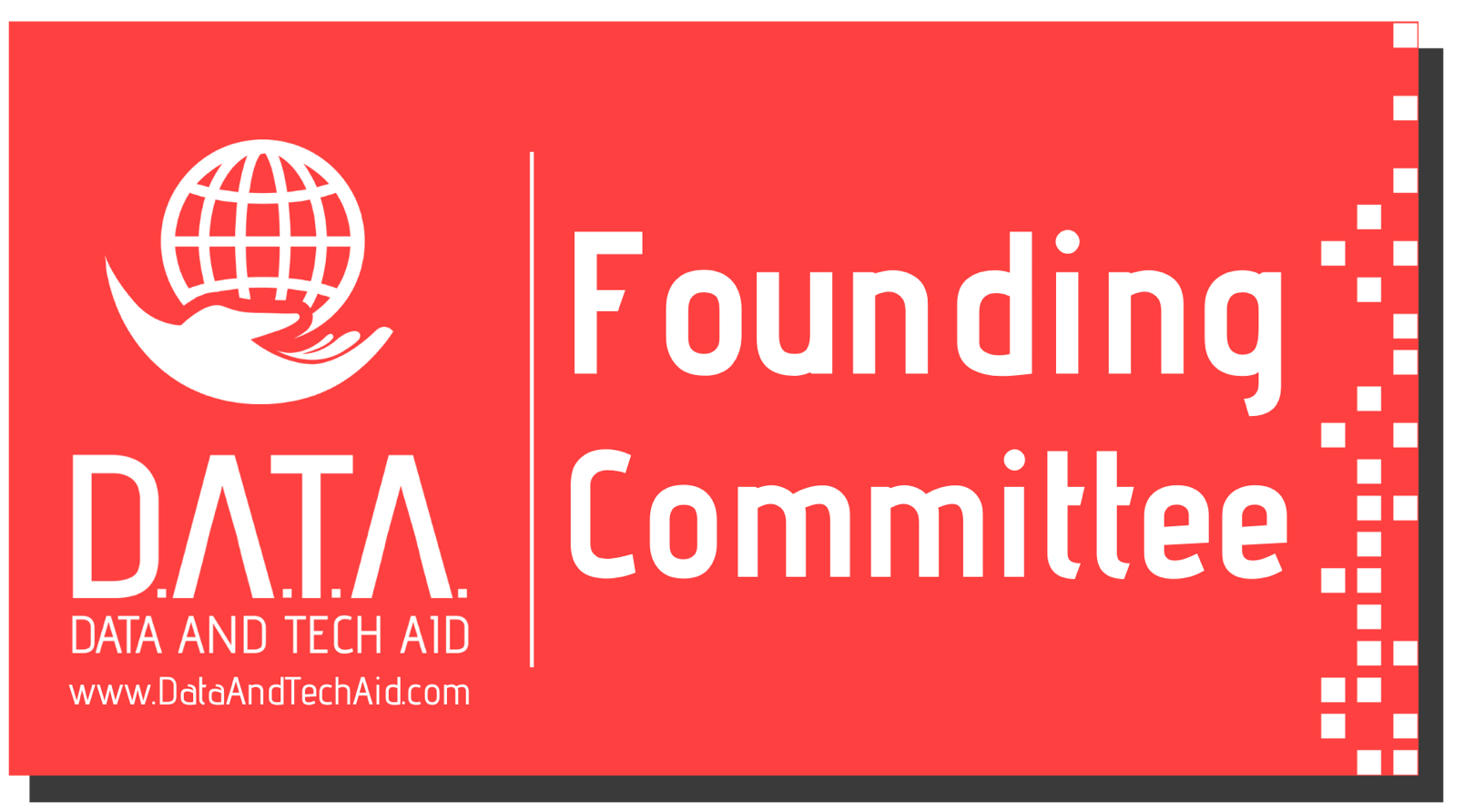MDM & DG
/This blog post at an initial glance looks to be about a jumble of letters. One thing that perhaps all data management professionals are guilty of is using too many acronyms! Now I hope if you are previous readers of my blog that you immediately realise that the DG stands for data governance (after all in a blog from me what else would you be expecting?) And the MDM stands of course for master data management. Now I say “of course” because I have been involved in a number of MDM initiatives over the years, however, several recent experiences and conversations have made it clear to me that this term is still not well understood.
So let's start with the basics; according to the DAMA Dictionary of Data Management MDM means:
Processes that control management of master data values to enable consistent, shared, contextual use across systems, of the most accurate, timely and relevant version of truth about essential business entities.
So if MDM is about the management of our master data, we need to be clear what our master data is. At its simplest it is a single source of data that is critical for a business to operate and designed to be used across processes and systems. For example: product, customer, employees, suppliers etc. Some people call this a golden record and if you're talking about mastering customer data, you often hear it referred to as a single customer view.
Now that we all understand what MDM is, I can share that my biggest concern is not the lack of understanding of what it is, but more worryingly that a significant proportion of people do not understand how critical implementing data governance is to the success of your MDM project. Indeed this message was mentioned in several presentations I attended last week at the excellent Master Data Management and Data Governance Conference in London (there is a clue in their relationship in the fact that the two conferences are run jointly).
A few weeks ago I was asked if I could use an analogy to explain this relationship between MDM and DG. I've never used one before and couldn't immediately think of one I felt entirely happy with. Being a strong believer in the wisdom of crowds, I posed the question on LinkedIn and got a great response (including the usual warnings about the dangers of using analogies!)
The best analogy we came up with is to imagine that your MDM system is the equivalent to the human body, that the data on that system is the equivalent of food/fuel for the body and data governance is the rules/commonsense applied to what food you do or do not consume. As we all know if we consume good wholesome food, we feel healthier, have more energy and tend to make the right decisions. If we have abandoned healthy habits for a period of time and consumed lots of junk food, then our bodies fail to work properly, we feel sluggish, tired and we start to experience problems with our health.
If we translate this into the data world, it is often the case that organisations implement an MDM solution and migrate data into it with little attention to the quality of that data. It is fairly common for an MDM solution to be implemented without data governance. This inevitably means that over time as poor quality data is consumed by the system, that it in turn causes problems with the processes that are using that data.
But what does that mean in practice? Well let's say, for example, you are implementing PIM (sorry another acronym, Product Information Management, which is MDM for product data). As you know data governance is all about the people and processes that manage data, so if you implement PIM without DG the types of issues that can occur are:
· It is likely that the PIM solution will viewed as a technology refresh only and it becomes more challenging to engage the business.
· If the business are not engaged they will not change their approach to capture and manage product data
· If existing processes of capturing and managing data do not change, the quality of the data will be no better than on the previous system/systems and,
· All the issues you are experiencing with poor product data previously will continue. The list of such issues is extensive and can include such things as customers receiving different products than those they ordered or not even being able to find them on your website and also issues with supply chain logistics because product dimensions have been incorrectly captured.
If you're spending a significant amount of money, time and energy implementing a PIM solution, then surely you would want the data quality to improve and with it improve the customer experience and service and also reduce costs at the very least?
This is where data governance has it’s part to play, in ensuring the success of your PIM solution. Implementing a data governance framework is crucial in defining and articulating the roles that your business stakeholders have to undertake in defining, monitoring and managing your product data. This framework in itself is a key component in the successful engagement of your stakeholders and transforming for example Product Managers, from people who thought they managed products (and the suppliers of those products) into people who understand how vital it is to get the correct data captured accurately about those products.
When the data in your PIM system is well structured, well defined and of good quality, then the potential benefits to your company are significant. So what are you waiting for? Please make sure that if your organisation is currently implementing PIM, or any other MDM solution, that you implement data governance at the same time.
My free report reveals why companies struggle to successfully implement data governance. Discover how to quickly get you data governance initiative on track by downloading this free report








